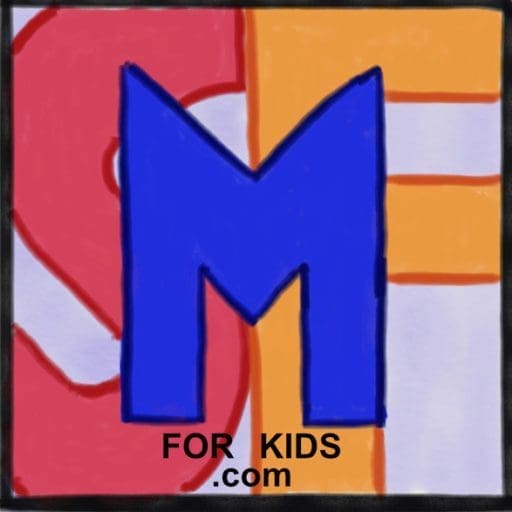Fraction tiles, also called fraction bars or fraction strips, are the single most important manipulative you can have for teaching fractions. They are brightly colored plastic rectangles that represent a whole, halves, thirds, fourths, fifths, sixths, eighths, tenths, and twelfths. ...
- Home
- |
- Category: Learning
